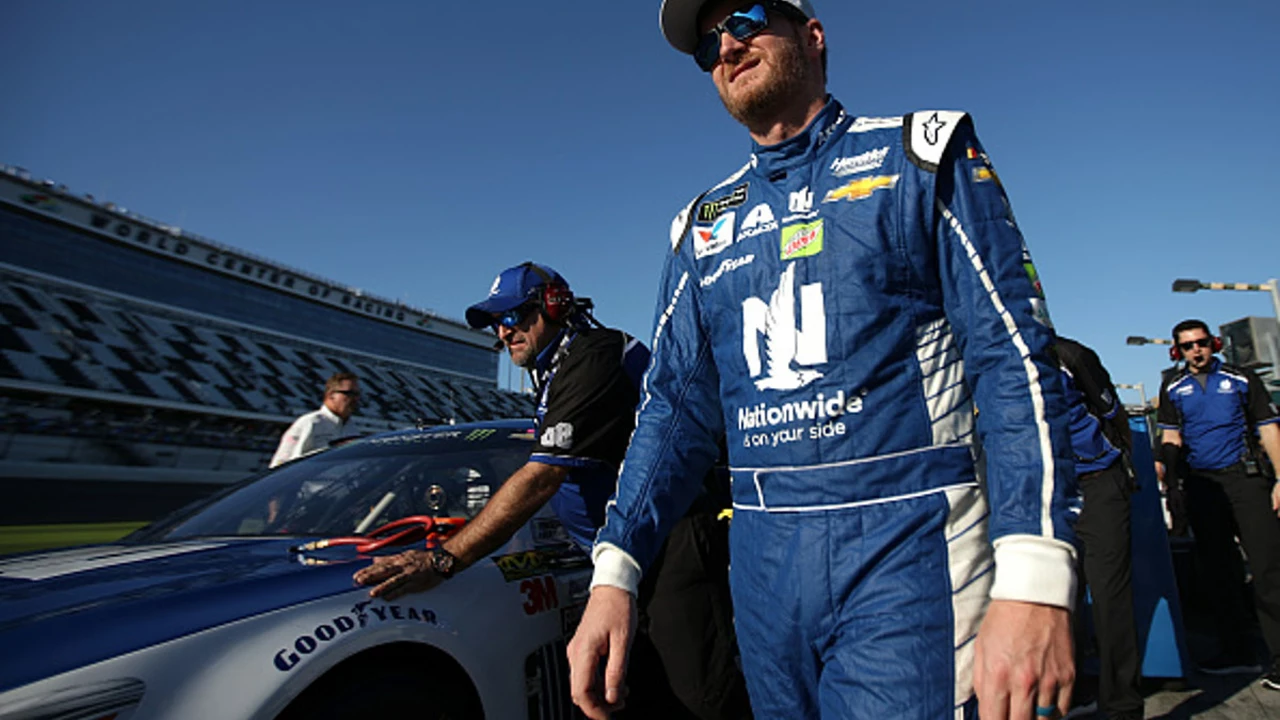23 Years Old – Your Guide to Getting Started in Motorsport
If you’re 23 and the roar of engines makes your heart beat faster, you’re not alone. Many racers begin their journey in their early twenties, and the good news is that the path is clearer than you think. Below are the key steps you need to take, from getting a racing licence to finding affordable training.
Get the Right Licence First
The first hurdle is a racing licence. In most countries a national motorsport body issues it after you pass a written test on safety rules and a practical assessment on a track. Look for a local club that offers a beginner’s licence course – they usually run a one‑day class followed by a short on‑track evaluation. Bring a valid driving licence, a basic knowledge of car dynamics, and a willingness to listen. Once you have the licence, you can enter entry‑level events like club sprints or karting leagues.
Choose a Training Spot That Fits Your Budget
Performance driving schools are the next big step. Near San Francisco, for example, the Simraceway Performance Driving Center in Sonoma offers courses ranging from a single day’s grip workshop to a week‑long race‑craft program. Prices start around £300 for a basic session, which is manageable for most 23‑year‑olds if you set aside a small monthly budget. Check online reviews, ask about instructor credentials, and make sure the curriculum covers both car control and race strategy.
If full‑scale schools feel pricey, consider a local karting track. Karting teaches throttle control, racing lines, and overtaking without the high cost of a race car. Many clubs run “rookie” nights where you can rent a kart for a few pounds an hour. It’s a low‑pressure way to apply what you learn in a licence course.
Don’t overlook the value of community. Join Facebook groups or forums where local racers share tips on track days, cheap parts, and upcoming events. Networking can land you a spot in a team’s development programme, often at a reduced cost.
Gear Up Without Breaking the Bank
Racing shoes, a snug helmet, and a fire‑retardant suit are non‑negotiables. You don’t need the top‑of‑the‑range models right away. Look for certified second‑hand gear on reputable sites; a used racing suit in good condition can cost half of a new one. Your shoes should have a thin sole for better pedal feel – many runners find that a good pair of track spikes works fine for early track days.
When it comes to the car, start with something reliable and cheap to modify. A used Subaru WRX or a Honda Civic Type R offers a solid platform for learning throttle response and suspension tweaks. Focus on safety upgrades first – roll‑cage, harness, and braking improvements – before chasing horsepower.
Balancing Life, Work, and Racing
Being 23 often means juggling a job, maybe some studies, and a social life. Schedule your track days on weekends and treat them like any other appointment. Set a realistic monthly spend on racing, and track it like a budget. Small, consistent investments (like a single training session a month) add up faster than sporadic, expensive bursts.
Finally, keep the fun alive. Racing is demanding, but it’s also meant to be exhilarating. Celebrate each lap you improve, each corner you nail, and every new person you meet on the track. At 23, you have time on your side – use it to build skills, gather experience, and enjoy the ride.

How would I get into motor racing as a 23 year old?
As a 23-year-old, getting into motor racing involves a few key steps. Firstly, you need to understand the sport, its rules and safety measures. Next, getting a basic education in driving and mechanics is crucial. It's also important to gain some hands-on experience, possibly through go-karting or attending a racing school. Lastly, networking within the industry, joining a racing club, and persistently seeking opportunities can lead you to your first race.
read more

